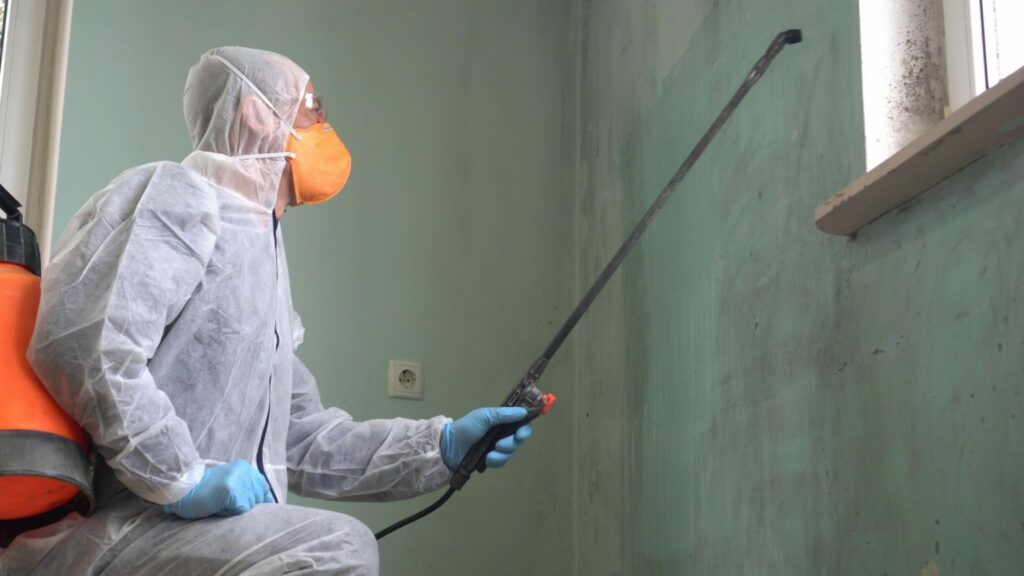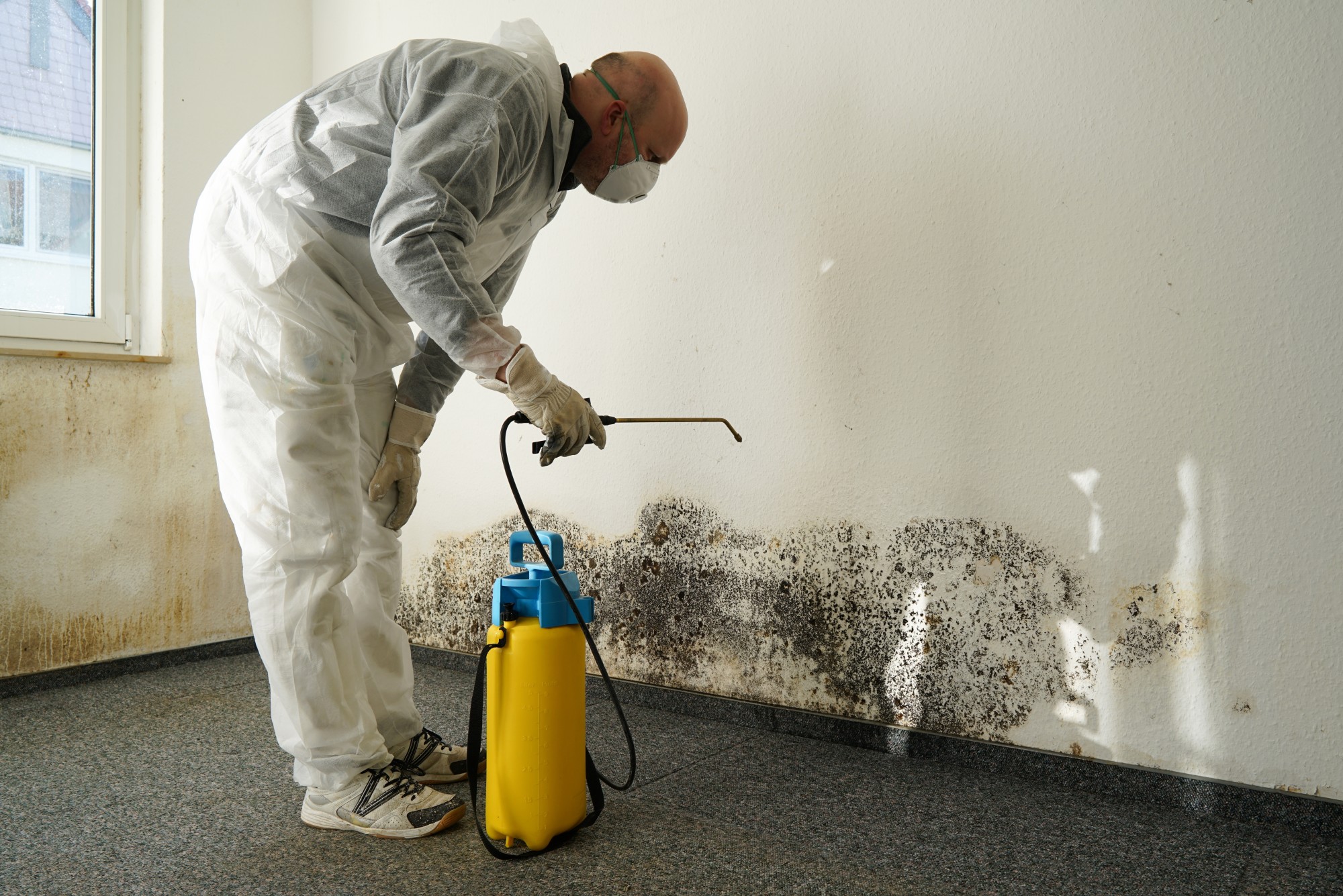Mold is inevitable. Even if you take all the precautionary measures, there is no guarantee that you won’t get mold in your home. You might be able to inhibit its growth though. It’s a living organism that thrives in damp areas and feeds off organic matter.
There isn’t any shortage of food for mold in a home that is made up of wood. These molds can also feed off your wooden floor, paper bags, and more. Knowing how to deal with these molds can be very helpful for you.
In this article, we will discuss the things that you will need to consider in order to fight mold. We will also discuss the signs, solutions, and much more. So, without further ado, let’s dive into the subject.
Understanding what mold is?
Before we start, you should know more about what mold is. As mentioned before, it’s a living organism. It is a type of fungus that grows rapidly in damp and moist environments. It can feed on animal remains, plants, rotten leaves, fabric, paper, and any other organic matter.
Once the mold matures, it releases pores into the air. Just like the plants spread their pollen. This allows the mold to grow rapidly and spread in distant areas in your home. Because of its airborne capabilities, it can easily travel through the air and can be inhaled by humans without even knowing it. Although mold is not that harmful, it can worsen some health conditions like asthma and other respiratory diseases. Not to mention that mold also causes bad odor and disgusting looks in your home. Detecting mold isn’t easy.

Taking all the necessary precautions
As you know mold is dangerous and can easily inhaled. It’s important to take all the safety measures during mold remediation & removal. Here is a list of things that you should do and wear to ensure your safety.
- Gloves
Gloves will save you from getting directly in contact with mold. Make sure that once you use them, you either dispose of them or properly disinfect them. This will ensure that you are not taking the mold particles with you anywhere else in your home.
- Masks
You must have seen specialists wearing those big masks. You will be working some feet away from the affected area. Masks are a must to ensure that you don’t inhale any of the mold pores. N-95 masks are ideal as they can filter out 95% of particles in the air.
- Ventilation
As soon as you start working, the mold will release its pores in more quantity. Despite using proper chemicals, there are chances that the pores will spread. To avoid that, ensure proper ventilation. Make sure windows are open. You can also use a fan to direct all the contamination outside of your home.
- Seal off the affected area
Seal the affected area to ensure that the mold does not spread. For example, if you have mold in one room. Close the door and seal it with plastic bags. Open the window of that door and turn on the fans. This will ensure that all the contamination will be confined to one area and only directed outside.
Performing a Proper Diagnose
Most of the time you will have mold in your home and not even know about it. Mold could be hidden behind a wall, on the floor, or in your attic. The sooner you start removing the mold the better. Some homeowners linger on this progress and end up with a mold disaster which often causes permanent damage. You definitely don’t want to be one of them. Here are a few obvious and not-so-obvious signs that confirm that there is mold in your home.
- Visible mold
You will easily be able to see it in dark brown patches. There is another type of mold known as black mold. These are dark slimy patches. It is more dangerous and can be very difficult to get rid of. You might be able to handle a small patch but if it’s covering a large area, we recommend contacting your local black mold removal specialist.
- Rusty and earthy odor
There will be an unpleasant earthy smell all over the areas. If you notice such a smell in confined places, it is a sign that there is mold growth.
- Moisture and watermarks
You will be able to see stains and watermarks on the wall. It means that there is mold behind that wall. The same goes for wooden flooring.
- Allergies and diseases
You and your family will start getting sick more frequently. Sneezing, coughing, runny nose, allergies, all these are indications of mold spores in the air.
- Leakages
Leaking faucets, pipes, HVACs, and more. These leakages are a guarantee that there will be mold growth in these areas.
Removing the mold
There are some DIYs that you can easily do at home. However, extensive mold growth means that you will need specialized equipment.
- Scrubbing
The old-school method of scrubbing away mold is effective and cheap. You will need a brush or a scrub. Prepare a solution of water and strong detergent in a separate basket. Apply that solution with the help of the scrub and start scrubbing. While it is cheap it is not that easy. You will get tired and might need breaks in between
- Specialized chemicals
Using chemicals is a guaranteed method to get rid of mold. There are many anti-microbial and biocide solutions available in the market. Just apply the solution to the mold and it will kill it effectively. Make sure that you follow the safety guidelines.
- Vacuuming
You can remove loose mold just by using powerful vacuums. It is also suggested to vacuum the affected area after any other sort of removal method. It will suck all the remaining mold spores from the air.
- Using Dry Ice
You need to have specialized blowers or contact a professional for this process. It’s a process where fine dry ice pellets are projected toward the mold at high speeds using a blower. It removes the mold without damaging the surface.
- Media blasting
Baking soda, dry fruit shells, corn cobs, and other abrasive materials are used in this method to remove the mold. This method should only be used for hard surfaces like masonry and decks. Using this on delicate surfaces will cause damage.
Conclusion:
The above removal methods are the easiest ones that can be done in a DIY. However, there are more methods that can be more effective but should only be performed by professionals. Also, these are only effective on small patches of mold. If the mold growth is extensive and has affected more than one area of your home, we recommend calling in the professionals.

